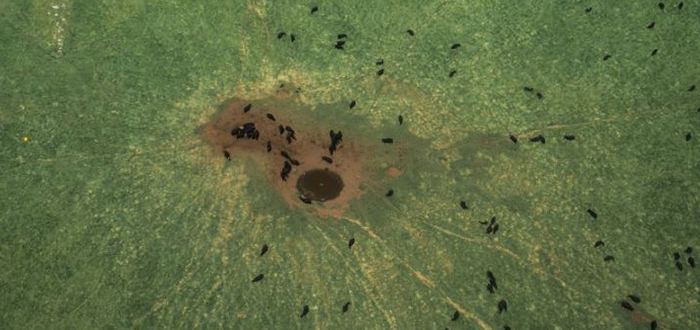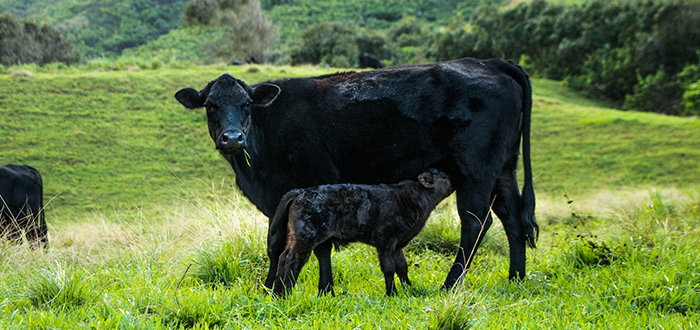Increasing Soil Fertility and Forage Production through Pasture Management
You know how that old dirt trail through the pasture was always easily findable in the tall grass and seemed to hold that old truck up no matter how wet it was? Well, there are a few obvious reasons why no grass grows on those two narrow tire tracks and we are going to chat briefly about how similar things could be happening throughout your pastures.
The Road Less Travelled (Grows more grass!)
The first and most obvious thing that is happening is soil compaction. With that old truck running up that trail every few days it continues to get compacted and therefore refuses to grow grass. Soil compaction is often spoken about in relation to cropland and large machinery but its often the case in pastures. This can be caused by driving in the same spots consistently or even by overcrowding certain areas of the pasture with livestock.
One of the most common causes is hay rings and hay wagons. This method of feeding livestock, over against the method of a daily windrow of hay, can “save time” but it certainly does some seriously consequential damage to the pastures!
Not only does it continuously bring the tractor out to the same spot in the pasture often, but it also brings a serious amount of concentrated hoof traffic to that area. One of two things will happen: If the drainage is good, you will get hard compacted soil that grows nothing. If the drainage is bad, you will get a large mudhole that only grows weeds and other invasive species. That is why you often see large black circles in some pastures from satellite images – nothing good is growing there.

In healthy soil makeup, the clay, silt, sand, and organic matter are bunched together to form round(ish) aggregates which act as “storage containers” for storing nutrients and moisture. In between each of these aggregates are little channels that act as a transportation system for air, water, roots, and soil organisms to travel through the soil to maintain good healthy soil makeup.
When the soil is compacted, it pushes the aggregates together which dramatically reduces the transportation system through the soil. This clearly restricts the ability of air, water, roots, and soil organisms to travel through the soil to maintain good healthy soil makeup. Over time as compaction continues, these aggregates get flattened out and hardened and close the gaps between them which continues to reduce its ability to grow grass until it makes it nearly impossible to grow anything.
To quote Holistic Management expert Allan Savory,
“If animals – bunched or scattered – are left in any one place too long, or if returned to it too soon, they will overgraze plants and compact and pulverize soils.
Another contribution to good (or bad) soil make up is its nutritional makeup. According to futurebeef.com.au, some key practices for achieving our best sources of organic matter, nutritional replenishment, and carbon sequestration for our pastures are
- grazing to maintain ‘pasture species’ that are palatable, perennial and productive (3P)
- keeping at least 40% cover to maximize water infiltration
- introducing legumes to minimize nitrogen deficiency in grass pastures, and/li>
- considering phosphorus fertilizer to maintain production.
I would add that, when distributed evenly, livestock manure and urine are equally important. You notice it when pastures are intelligently grazed for the right amount of time that the health of the soil and the production of forage is at optimum levels!

The unfortunate consequence of the “time saving” hay rings and hay wagons is the OVER-concentration of livestock manure and urine which then starts to create a negative soil makeup that is ideal for rapidly growing noxious weeds. In contrast to that, rotational grazing and windrow feeding are some of the best management tools we can use to systematically move our livestock to a new area every day. This has the twofold positive effects of hoof-aeration (over against soil compaction) and evenly distributed manure and urine which actually fertilize your forages rather than damaging them.


























